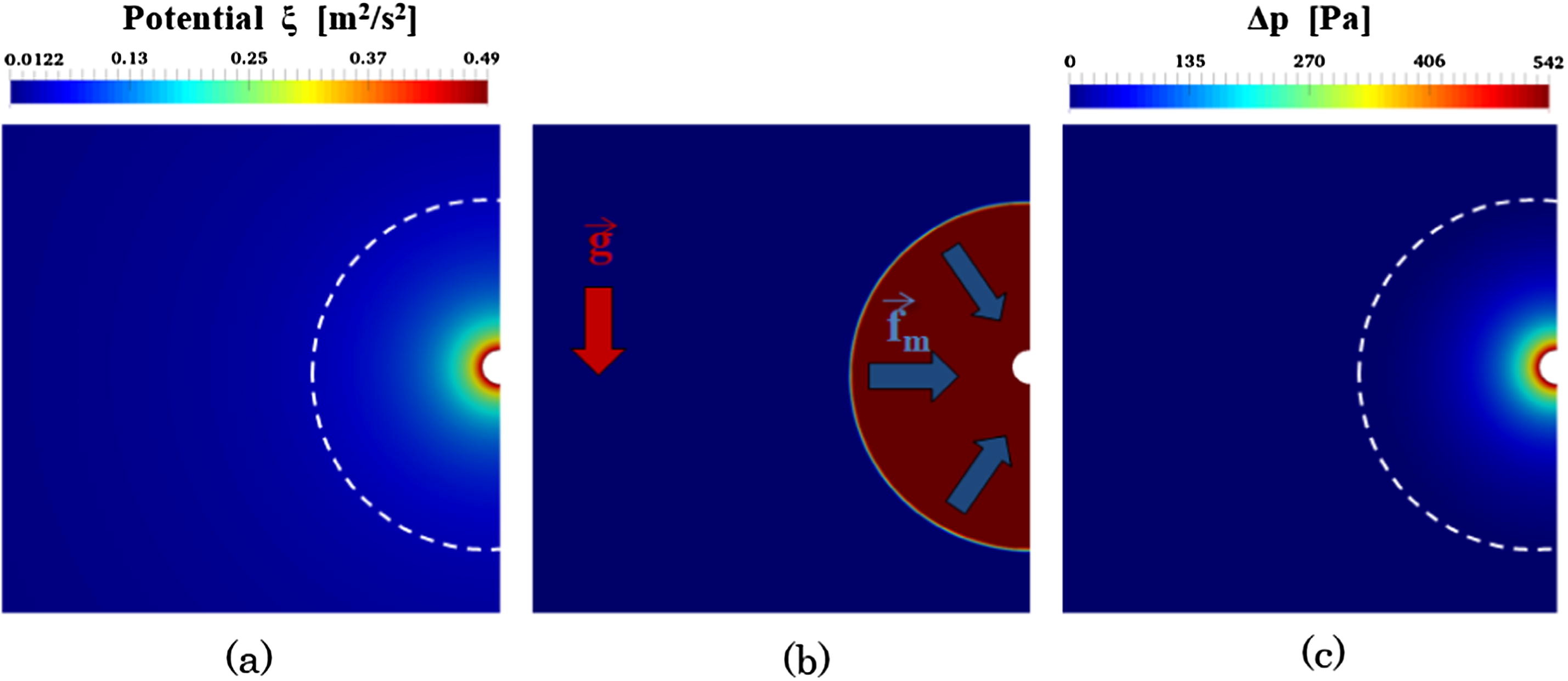Congratulations to our PhD Candidate Abd Essamade Saufi! His paper with title “DropletSMOKE++: A comprehensive multiphase CFD framework for the evaporation of multidimensional fuel droplets” has been recently published on International Journal of Heat and Mass Transfer.

Saufi, A.E., Frassoldati, A., Faravelli, T., Cuoci, A., DropletSMOKE++: A comprehensive multiphase CFD framework for the evaporation of multidimensional fuel droplets, (2019) International Journal of Heat and Mass Transfer, pp. 836-853., DOI: 10.1016/j.ijheatmasstransfer.2018.11.054
Abstract
This paper aims at presenting the DropletSMOKE++ solver, a comprehensive multidimensional computational framework for the evaporation of fuel droplets, under the influence of a gravity field and an external fluid flow. The Volume Of Fluid (VOF) methodology is adopted to dynamically track the interface, coupled with the solution of energy and species equations. The evaporation rate is directly evaluated based on the vapor concentration gradient at the phase boundary, with no need of semi-empirical evaporation sub-models. The strong surface tension forces often prevent to model small droplets evaporation, because of the presence of parasitic currents. In this work we by-pass the problem, eliminating surface tension and introducing a centripetal force toward the center of the droplet. This expedient represents a major novelty of this work, which allows to numerically hang a droplet on a fiber in normal gravity conditions without modeling surface tension. Parasitic currents are completely suppressed, allowing to accurately model the evaporation process whatever the droplet size. DropletSMOKE++ shows an excellent agreement with the experimental data in a wide range of operating conditions, for various fuels and initial droplet diameters, both in natural and forced convection. The comparison with the same cases modeled in microgravity conditions highlights the impact of an external fluid flow on the evaporation mechanism, especially at high pressures. Non-ideal thermodynamics for phase-equilibrium is included to correctly capture evaporation rates at high pressures, otherwise not well predicted by an ideal gas assumption. Finally, the presence of flow circulation in the liquid phase is discussed, as well as its influence on the internal temperature field. DropletSMOKE++ will be released as an open-source code, open to contributions from the scientific community.





